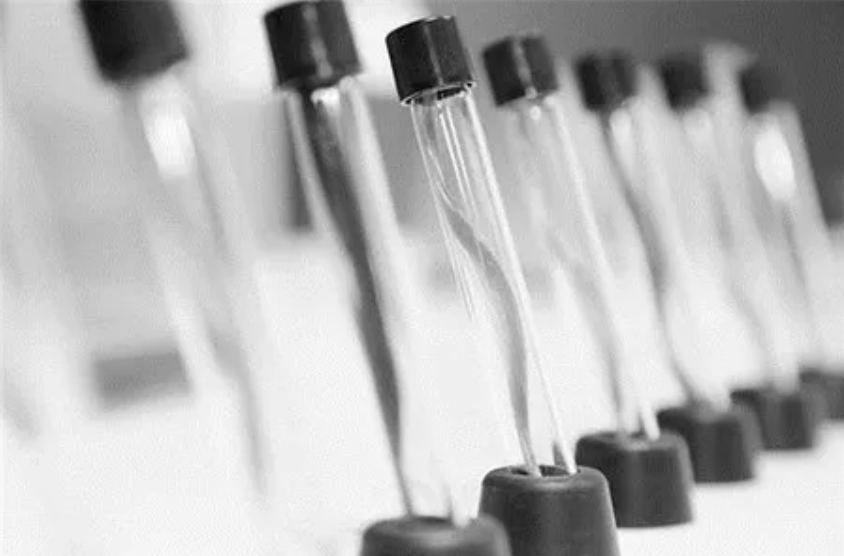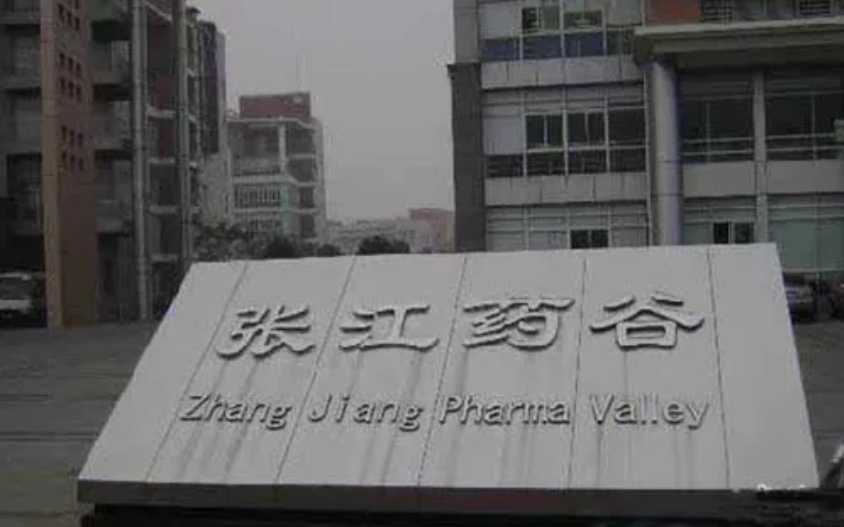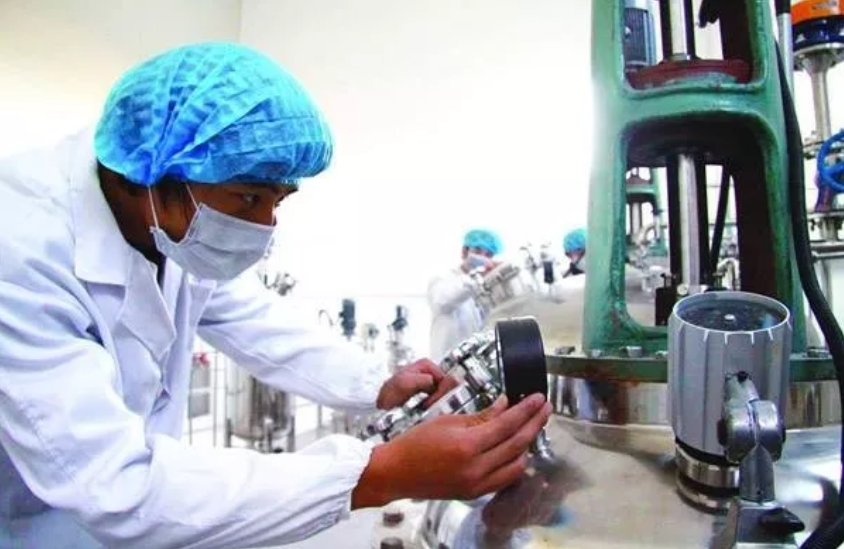



Media
New Business in Action | Ep.2 New Drugs: Harvest Time is Coming



Zhangjiang Hi-tech Park or "Medicine Valley" is a bio-pharmaceutical industrial base launched 20 years ago in Shanghai. Internationally, the average timeframe for a drug to be tested and commercialized is 15 to 20 years, so how close is Medicine Valley from its first batch of medicine? Money Talks speaks to pharma companies to find out.
By Mi Jiayi | October 20
More than 300 small and medium-sized biopharma companies have settled in the Zhangjiang Hi-tech Park, part of the city's plans to strengthen medical research and development projects. But there has been a problem in bringing the results of the research to patients. The bottleneck has been a long-standing regulation of the State Food and Drug Administration: pharma companies that want to market their new drugs have to produce the medicine in their own plants -- expensive, high-quality plants.

But in the past few years, new programs in Zhangjiang have been helping innovative pharma companies over the bottleneck. One of the new pilot programs is called the Marketing Authorization Holder (MAH) system. It allows the research companies to authorize qualified drug manufacturers to make the drugs on their behalf, so the researchers can continue researching.
Dr. Chen Li, CEO of Hua Medicine (Shanghai), says, "This saves us a great number of time, I think it saves us about two years of time in terms of capability building, and also it help save us somewhere between 100 million to 200 million RMB in terms of having the infrastructure built. As a biotech company, most of our investment is in the clinical study and the medical development of our world-class diabetes drugs, which requires to invest somewhere between three to four hundred million RMB in the process. And saving that 100 million is really great to help us expand our clinical study into different indications, and looking for new drugs and opportunities to serve the Chinese patients."

By the end of September this year, 11 of the 28 new drugs under the pilot program in Shanghai were targeting serious diseases, such as cancer and diabetes. For outsourced manufacturing, there's an other pilot program in Zhangjiang called the Contract Manufacturing Organization, or the CMOs.

In May this year, Zhangjiang launched its first CMO plant, built by a world leading German pharma company Boehringer Ingelheim (BI). BI has invested more than 70 million euros in the first phase of its project to produce pharmaceuticals for other companies. Just four months after the launch, the number of companies in Zhangjiang tasking BI to manufacture their drugs has risen from one to five.
Dr. Luo Jiali, general manager of BI Biopharmaceuticals, says to us, "Zhangjiang is a famous high-tech park not only in China, but also around the world. Biopharmaceutical is one of its strongest fields. The service in this park has met almost all the needs a pharma company could have. Our support, should finalize the last bit of the service chain. Now companies here can get help from the begining of their research to the end, when they enter mass production."

Now with a full chain of service, Zhangjiang's pharma companies are coming into their own. In the past five years - one of every three new drug patents approved by the government has come from Zhangjiang. Last year alone, the biopharma park made a total of 22.2 billion yuan worth of drugs, and the sales of which brought in 55 billion yuan. There should be even better results in the coming years. As one observer says, it's almost harvest time.
"During the past ten years, one third of the government funding for new medicine research goes into Zhangjiang. Internationally, a medicine takes 15 to 20 years to make, so now it's about time to see the results here in Zhangjiang. We have 300 small and medium-sized companies, and they are all very active in terms of applying for patents and clincial tests both at home and abroad." Wang Lanzhong, general manager of Shanghai Zhangjiang Biotech and Pharmaceutical Base Company says.

In January this year, the National Development and Reform Commission issued the 13th Five-Year Plan for the Development of the Biopharmaceutical Industry, which specified the top priorities as being accelerating innovation, production and the industrialization of new medicines.




滬ICP備14036654號(hào)-1
 滬公網(wǎng)安備 31011502013809號(hào) Privacy Statement Terms of Use
滬公網(wǎng)安備 31011502013809號(hào) Privacy Statement Terms of Use













